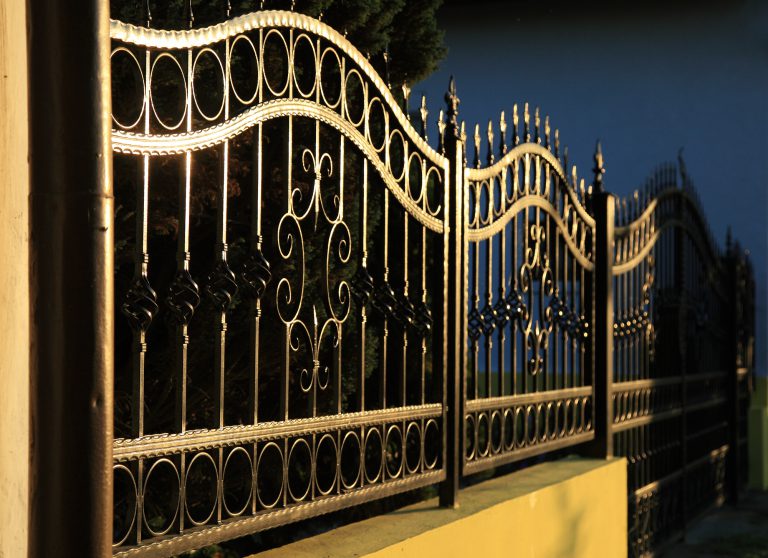How to fence around your home or business without violations.
Recently, we have been getting calls from clients requesting us to check their fences. Not only is it for maintenance purposes, but also help them abide by the law. Last week, a client called in requesting we help him reduce the size of his front yard fence. He had installed a quite high wall and was having trouble with the department of housing in the state. His only solution was to reduce the size of the fence, and that is how we came in to help. After inspecting his fence, we noticed a few discrepancies. We explained the issues to him, and to help him understand better; we took him through the fencing regulations in the state.
Fencing regulations.

When it comes to the installation of a fence around your home, there are a few things you need to put into consideration. There are a few rules that govern whether or not you will need a construction permit from the state to erect your fence. The country well states the regulations for installing fences and hedges. For instance, if you wish to build your fence, 3-feet or shorter at the front yard, and less than 6 feet tall in the rear and sidelines, then there is no need to keep bothering asking for a building permit. However, if you need to go above this limit, then you will need to discuss with the state department, alongside your architect to determine whether or not your request is viable and if it will be approved.
The planning code
This is a particular clause that contains the controls allowable on the heights of fences and hedges, whether in the rural or urban areas. These codes are mainly dependent on the location of a property, and most importantly, the position of the fence on the property. The laws also clearly indicate the requirements for the yards and setbacks. According to the planning code, the residential zones have a backyard requirement. There may be side yards and front setback requirements.
As for the commercial, industrial, or mixed-use district, the ground floor will be residential space. This prompts the rear yard requirement.
Requirements based on parts of a property
The rules determining the height of a fence around your home or commercial space mainly depend on the location of the fence on your property. Therefore, there is the need to understand your property, and what each part of your property represents. To do so, we have a brief description of each:
The front setback
The front setback requirements are standard for any residential neighborhoods. These are mostly based on the location of the front building walls of the adjacent building facing the same street. For your setback, you will consider the average of setbacks of the two nearby properties.
On the other hand, if your property is at the corner, then your front setback will be at least one-half of the setback on the adjacent property. Conversely, if you do not have any adjoining building, then your home will have no front setback requirements. Finally, the maximum front setback for your property is set to be 15% of the total lot depth, or 15 feet, whichever is less.

Rear Yards
The rear yard, except for a few exemptions, is a mandatory part of any residential space. The regulations governing the yards require that the back yard is either 25% or 45% of the total lot depth. However, this size is subject to change, depending on the zone in which your property is located. Also, the rear yard is a strict requirement for commercial districts used at a residential level. If you have an adjacent building, then the size of the back yard will be taken as the average between the two yards. When it comes to the size of the yard, the size cannot go below 25% of the lot depth, or 15 feet, whichever is greater.
Side yards
These are a rare part of any residential building due to the small spaces left for residence. However, if you have a lot that is greater than 28 feet, according to the planning code, you need to leave a side yard. The size of the yard increases in size, depending on the side of the lot. However, the side yard is limited to a 5-foot maximum size on each side of your house. The fencing on the rear yard is similar to the one applied to the side yards.
